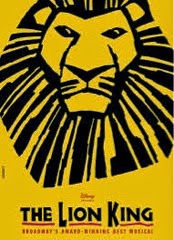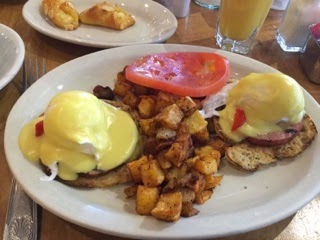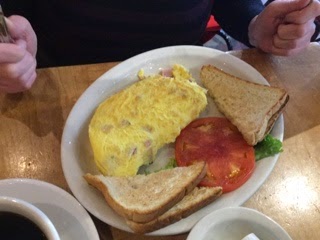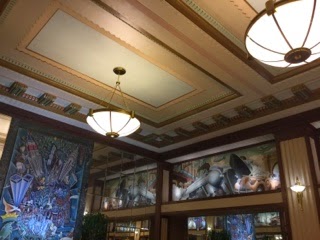I attended the annual Brackenber House school old boys' dinner last night.
It took place, as usual, at the splendid Ulster Reform Club in Royal Avenue, Belfast.
Incidentally, Brackenber was a preparatory school located at Cleaver Avenue, off Malone Road.
Alas, it closed down many years ago and was subsequently demolished for a housing development.
We assembled outside the lift on - I think - the second floor, outside the old billiards-room.
I relish this annual function.
It's a terrific opportunity to see old faces and chin-wag with Old Brackenbrians rarely seen from one year to the next.
Gordon Harvey greeted us as we arrived.
My first encounter was with Johnny Knox, who taught me French at Campbell.
Ross Thompson (Punjana Tea) duly arrived and we chatted briefly with him.
At dinner I was sitting beside Patrick Cross, who has recently been appointed High Sheriff of County Down.
I was at Brackenber in the early seventies with Patrick's younger brother, William.
He reminded me that the Crosses used to have a flat close to the Elmwood Hall.
I spotted CT Hogg.
Our speaker this year was Councillor Tom Ekin, who served the office of Lord Mayor of Belfast ten years ago.
The meal was very good, as ever: the beef - braised, I believe - was particularly tender.
After dinner a few of us retired to one of the lounges downstairs; not before we wandered unwittingly into another private function, where the guests wore dinner jackets with miniature medals, including an OBE and several MBEs.
I got a cab home and was gratified to learn that they can now collect patrons directly outside the Club (last year I had to meet my cab at Bank Street).
By the way, there were sixty-five of us at the dinner this year, an increase of about a dozen or so since 2014.
















